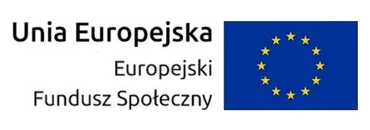Solving Vlasov Kinetic Equations Describing the Shape of the Heliosphere Using Data-Driven Physics-Informed Neural Networks
- Prelegent(ci)
- Piotr Błądek
- Afiliacja
- Centrum Badań Kosmicznych PAN
- Język referatu
- angielski
- Termin
- 16 stycznia 2025 12:30
- Pokój
- p. 5070
- Seminarium
- Seminarium Zakładu Równań Fizyki Matematycznej
The heliosphere, a vast region surrounding the Sun, is shaped by the dynamic interaction between the solar wind and the interstellar medium. Solving the Vlasov kinetic equations might help to understand its complex structure. Vlasov equations describe the evolution of the plasma particle distribution function under electromagnetic forces. Traditional methods for solving these equations are computationally intensive and often encounter challenges like high-dimensionality. On the other hand, there is limited data available to apply classical machine learning models, such as regression, which further complicates the ability to create accurate predictive models.
This seminar explores the application of Physics-Informed Neural Networks (PINNs) as a novel approach to solving the partial differential equations governing physical phenomena, such as the properties of the heliosphere. By embedding physical principles governing plasma dynamics directly into the architecture of neural networks, PINNs provide an efficient framework for tackling these complex equations. This approach also allows for leveraging data from observational studies, such as spacecraft measurements, to enhance the accuracy and predictive power of models.
The seminar will introduce the theoretical foundation of PINNs and their ability to handle high-dimensional partial differential equations, with a particular focus on their application to the Vlasov kinetic equations in the context of the heliosphere. In addition, we will explore the potential implications for understanding the shape and behavior of the heliosphere, and consider future research directions in combining machine learning techniques with space physics to address longstanding scientific questions.
Outline:
1. Heliosphere modeling – what is the goal
2. Classical models like MHD and PIC simulations - limitations in accuracy and computational efficiency
3. Introduction to Machine Learning - a brief introduction, what are benefits and limitations
4. Physics-Informed Neural Networks - what is that, with a simple demonstration through a 2D hydrodynamics problem
5. My PINN model – which tries to solve Vlasov equations to simulate the heliosphere
6. Future extensions, other possible outcomes, and applications, data from the Interstellar Probe mission
 Nie jesteś zalogowany |
Nie jesteś zalogowany |



















